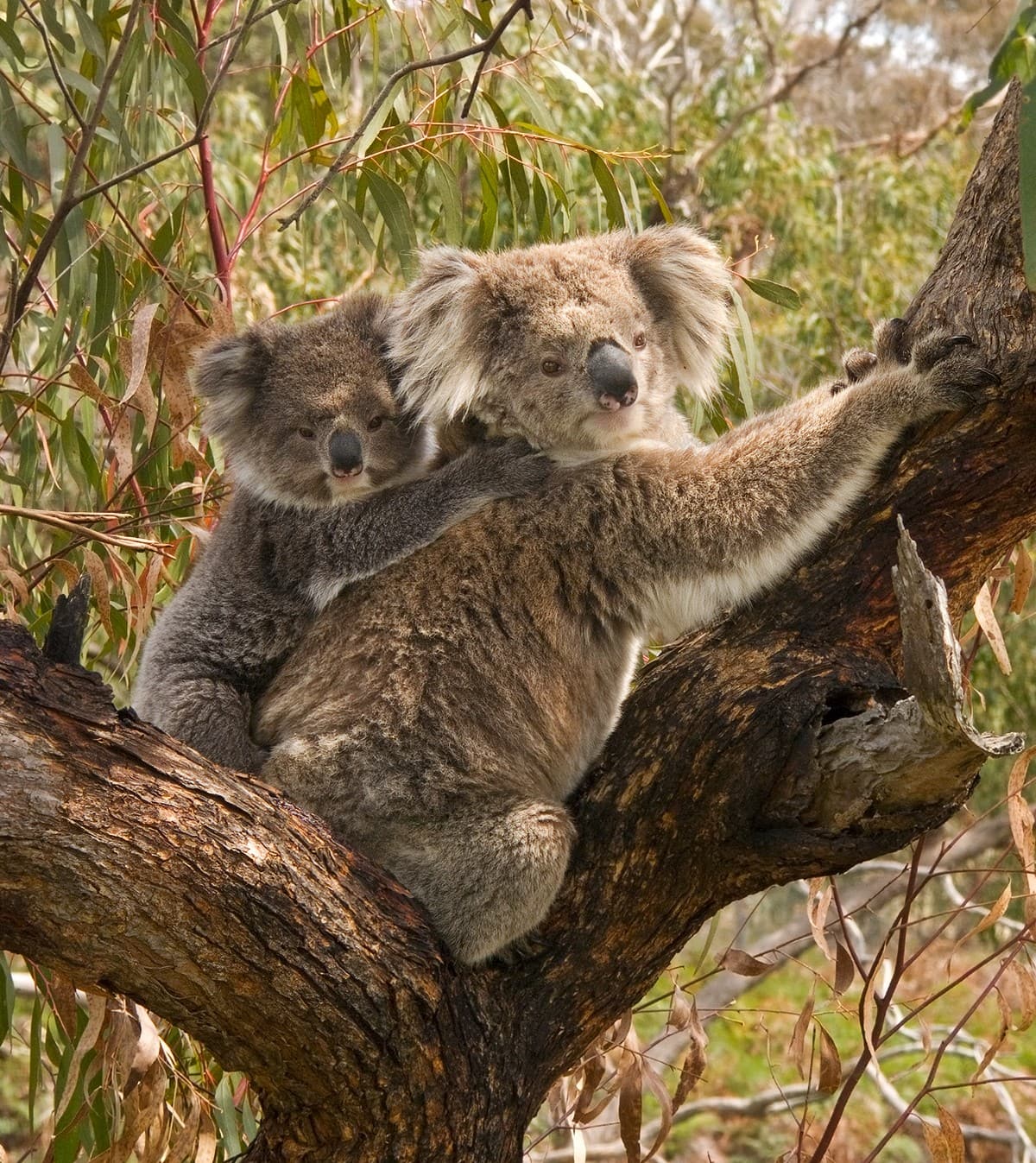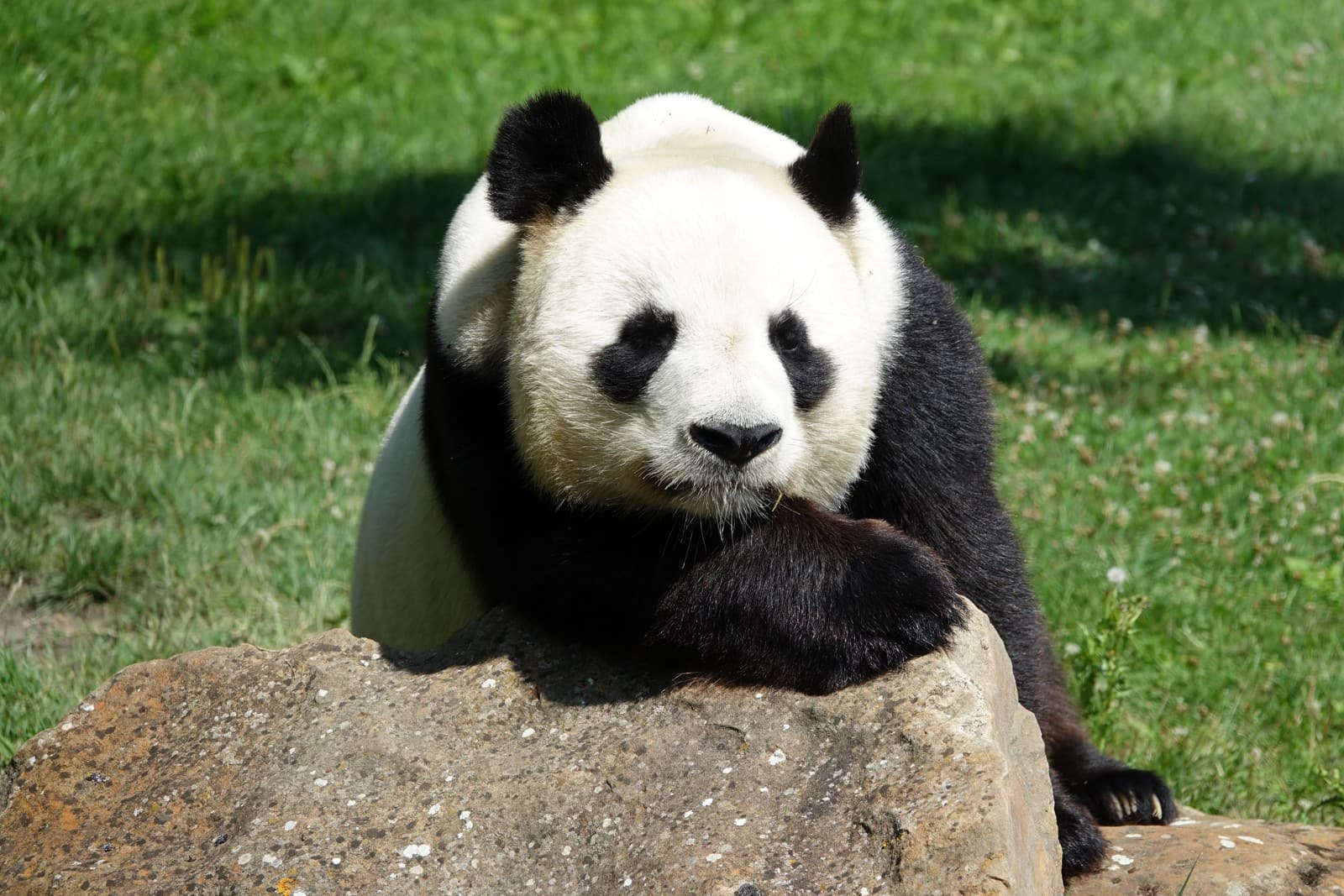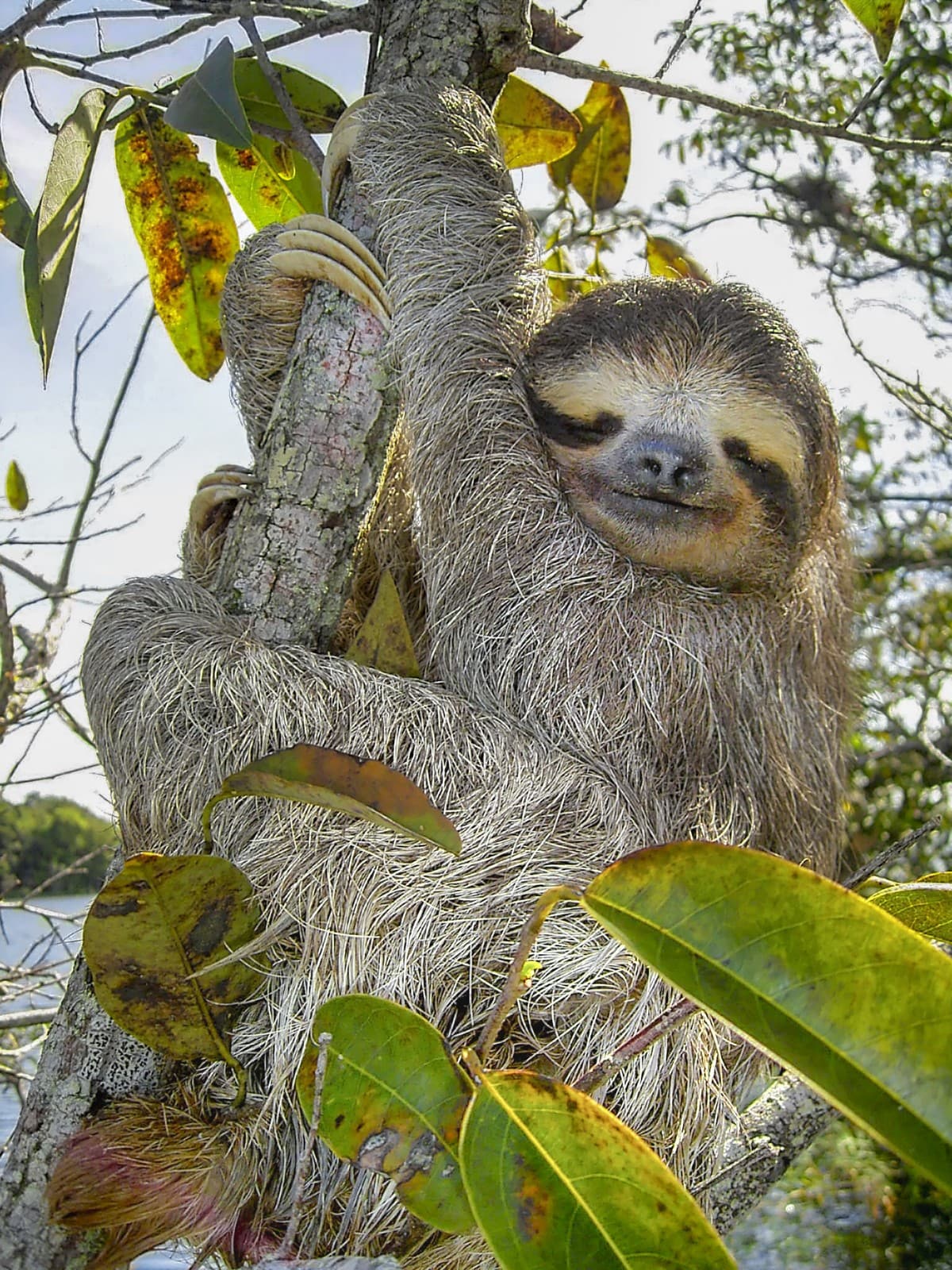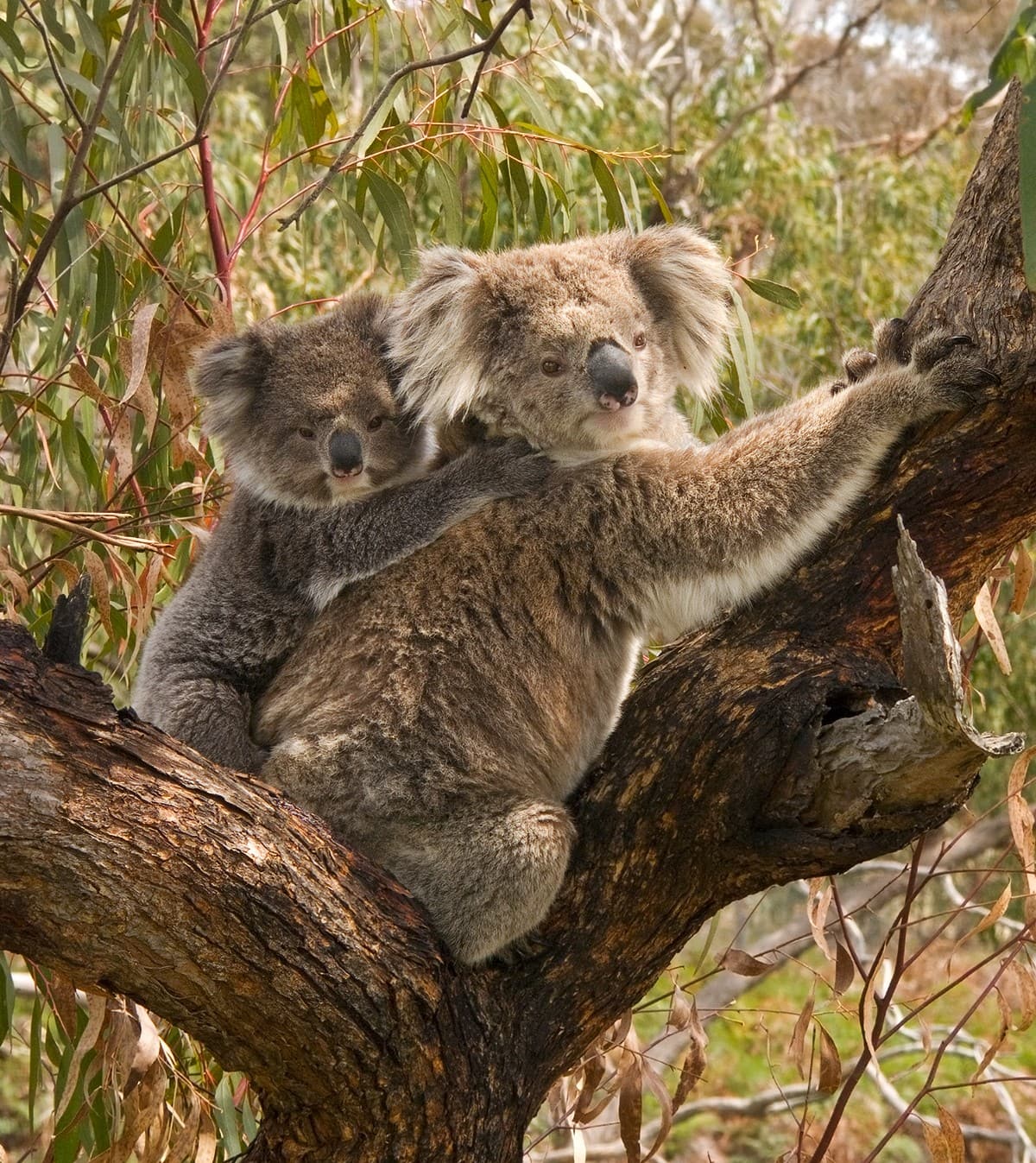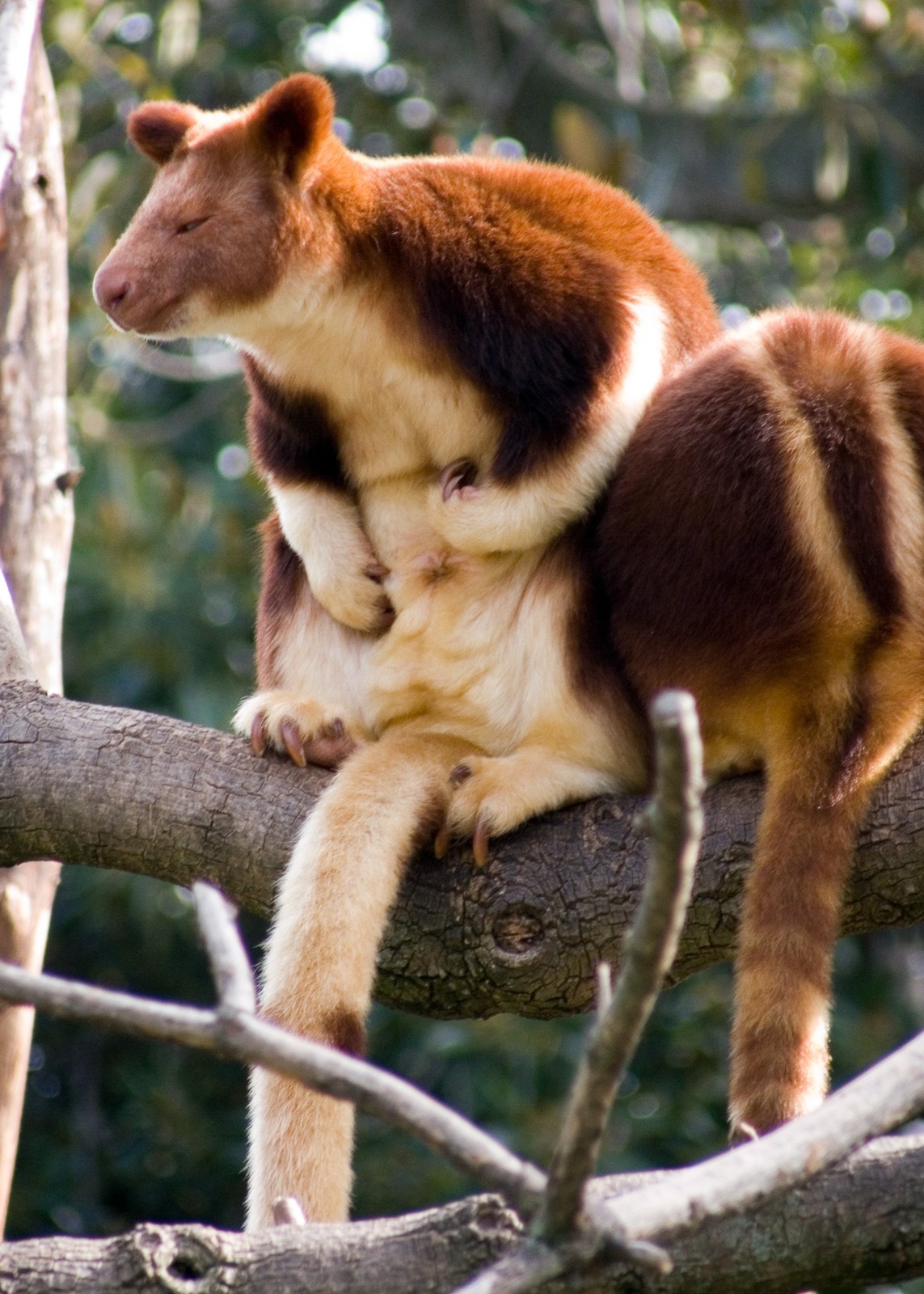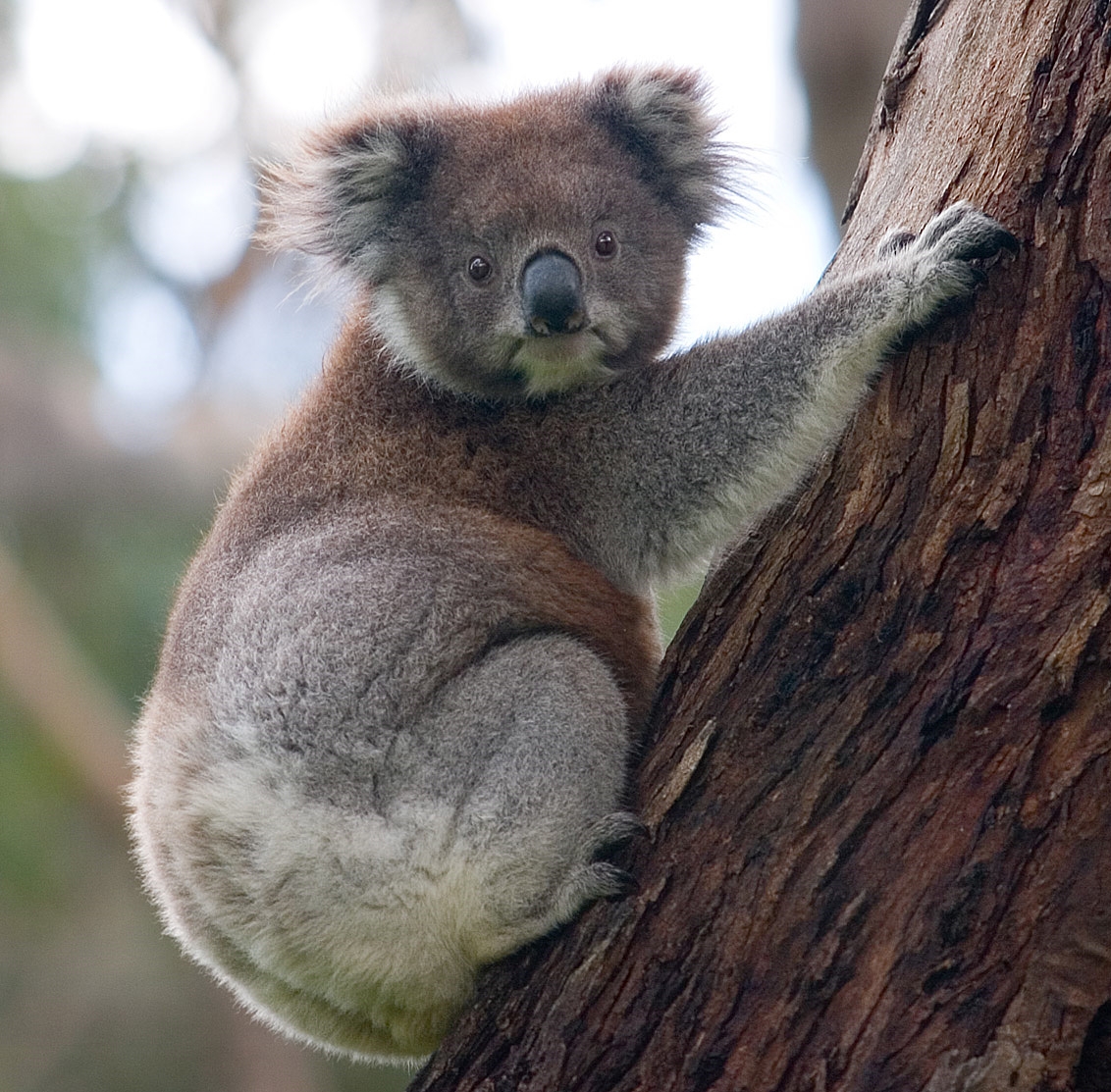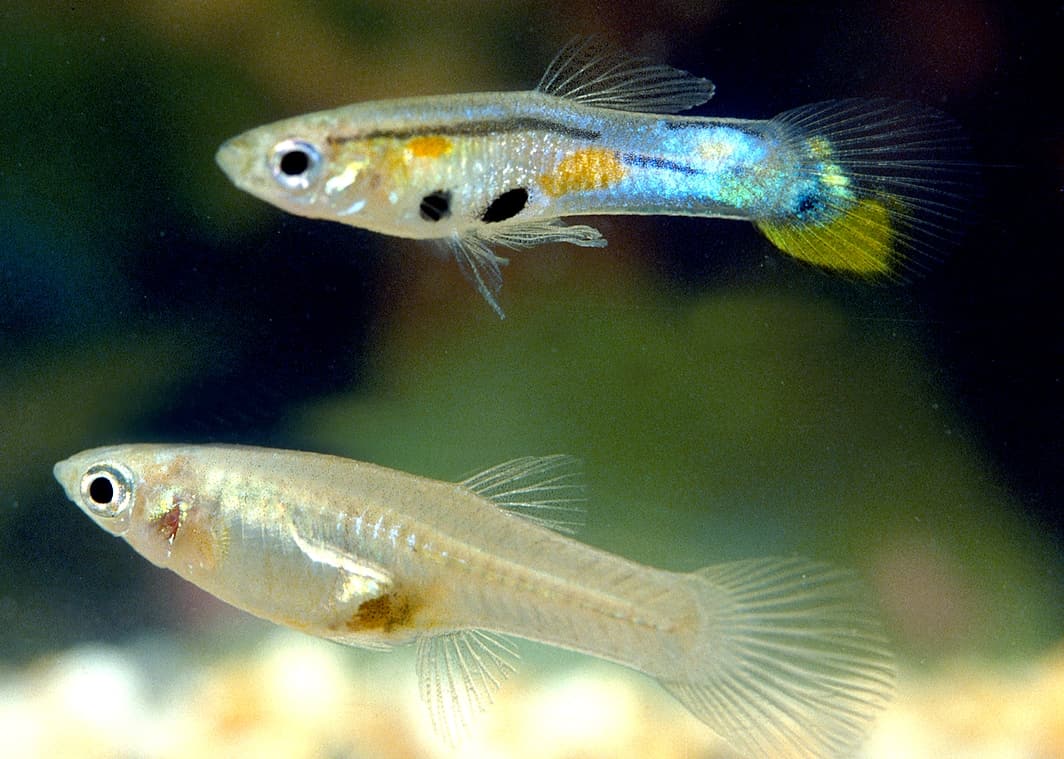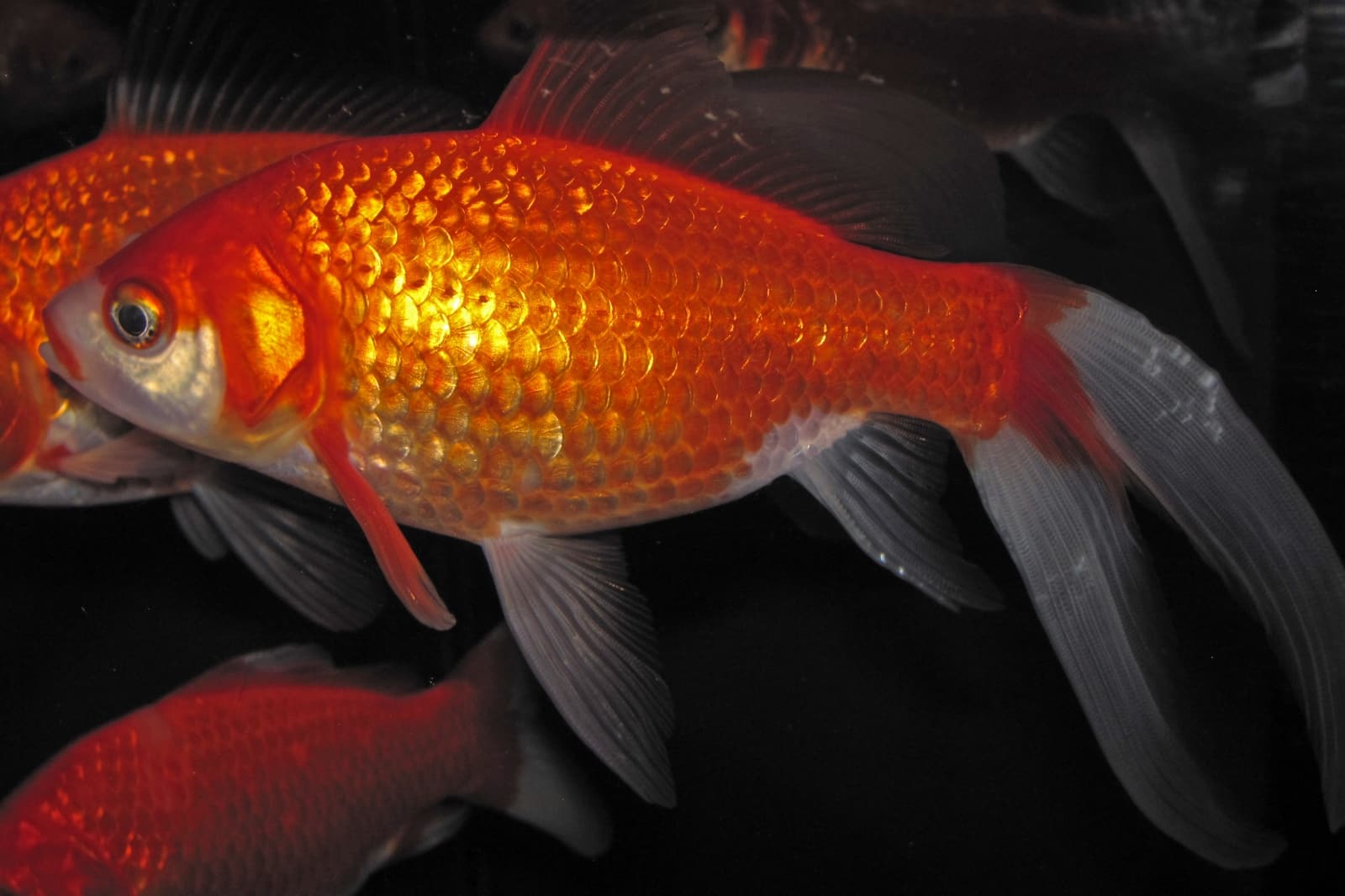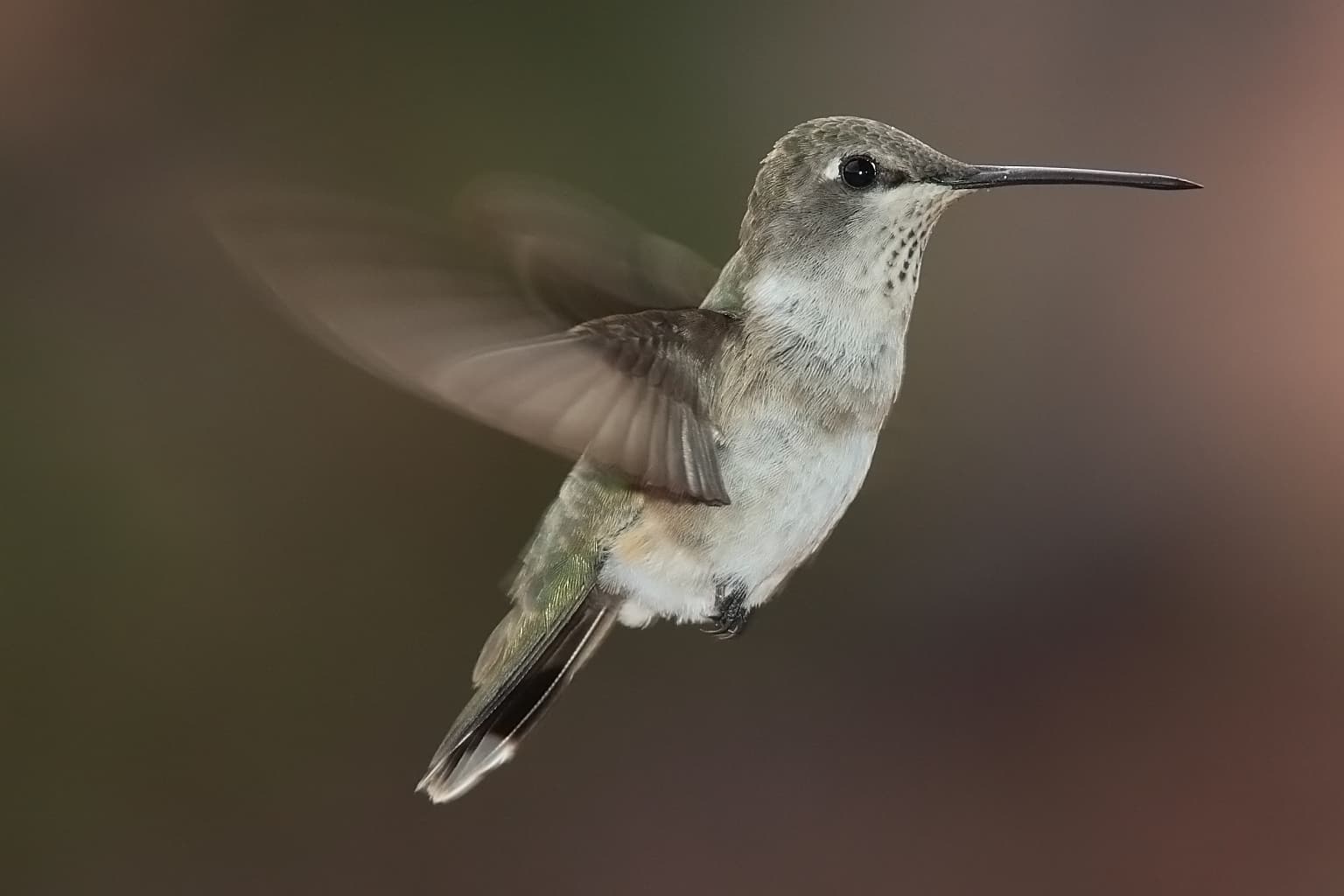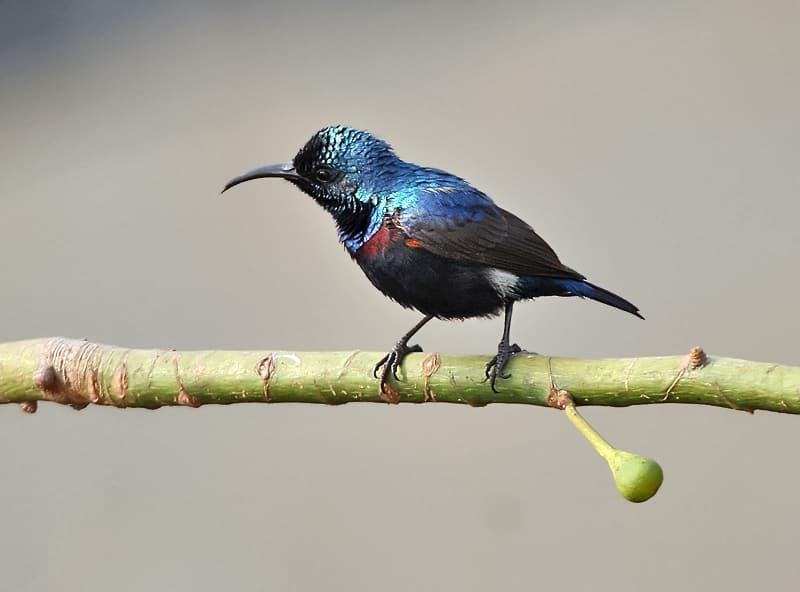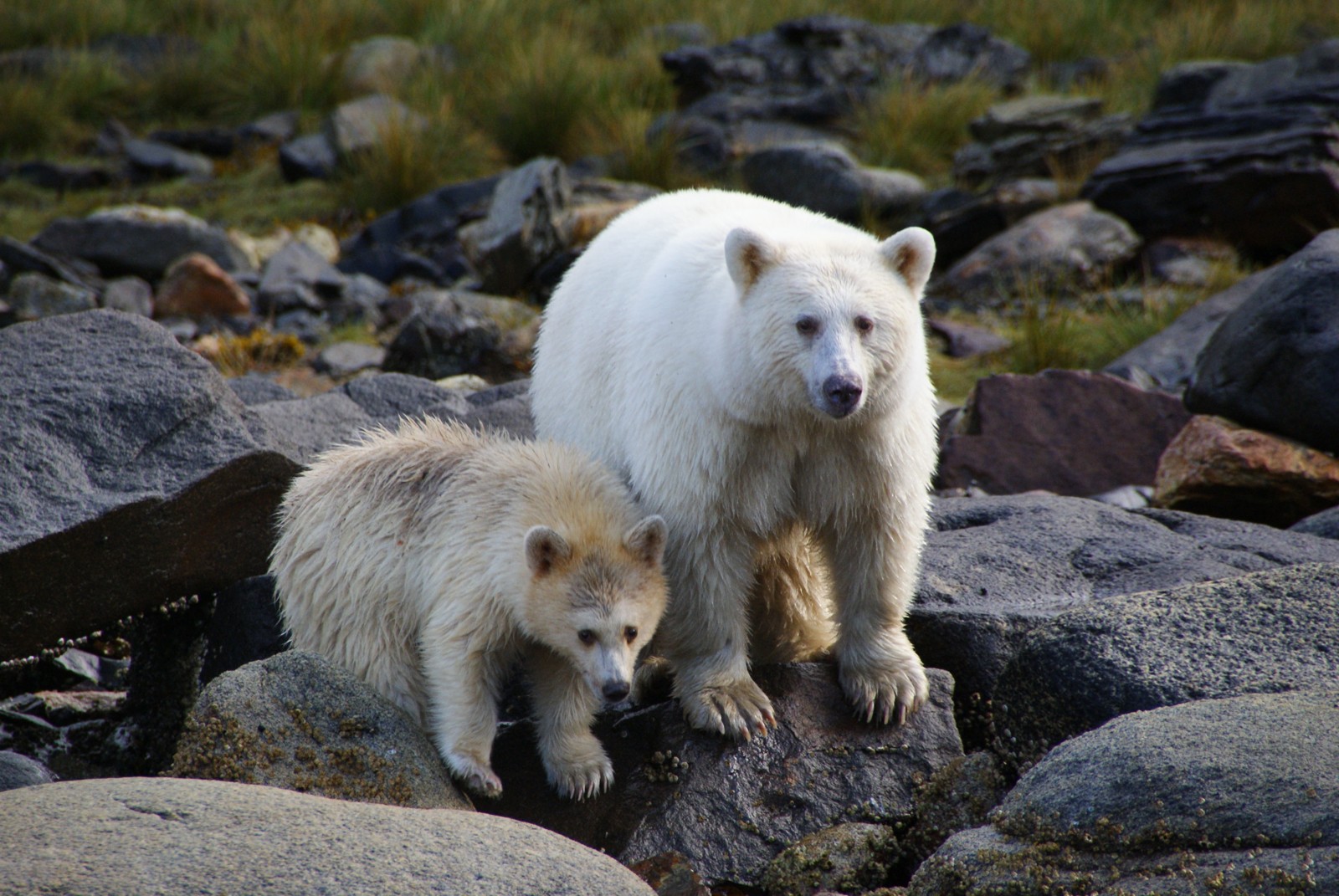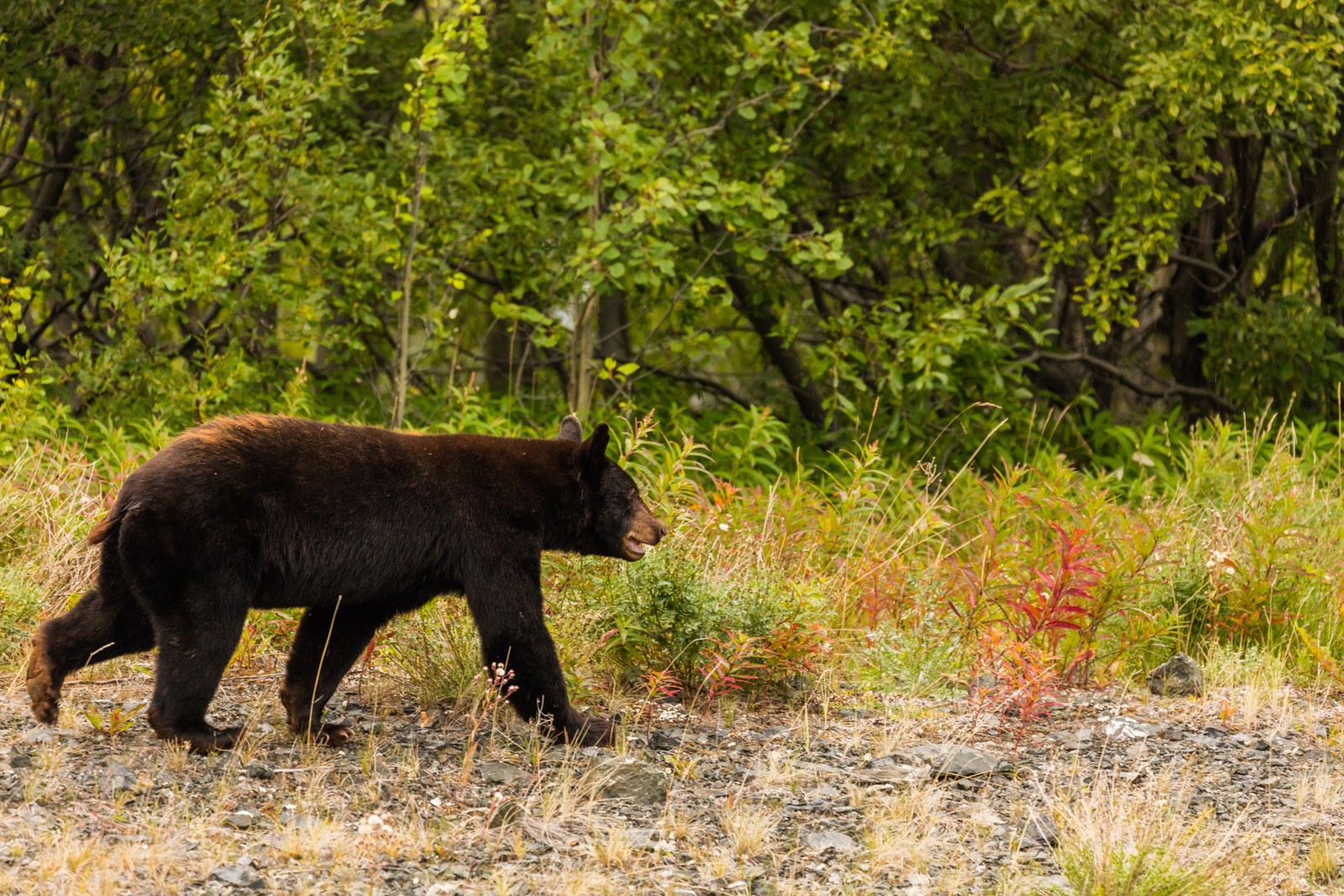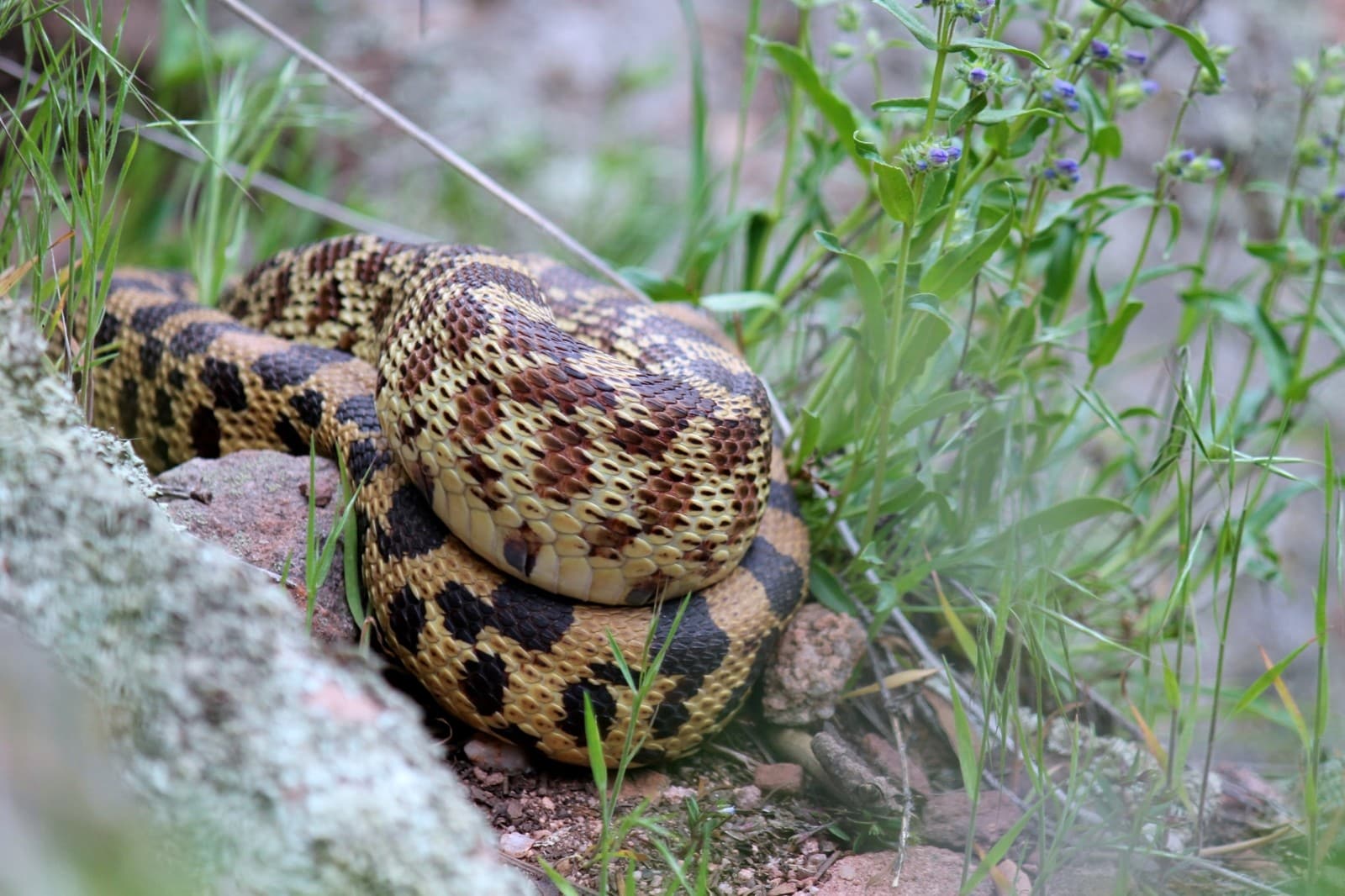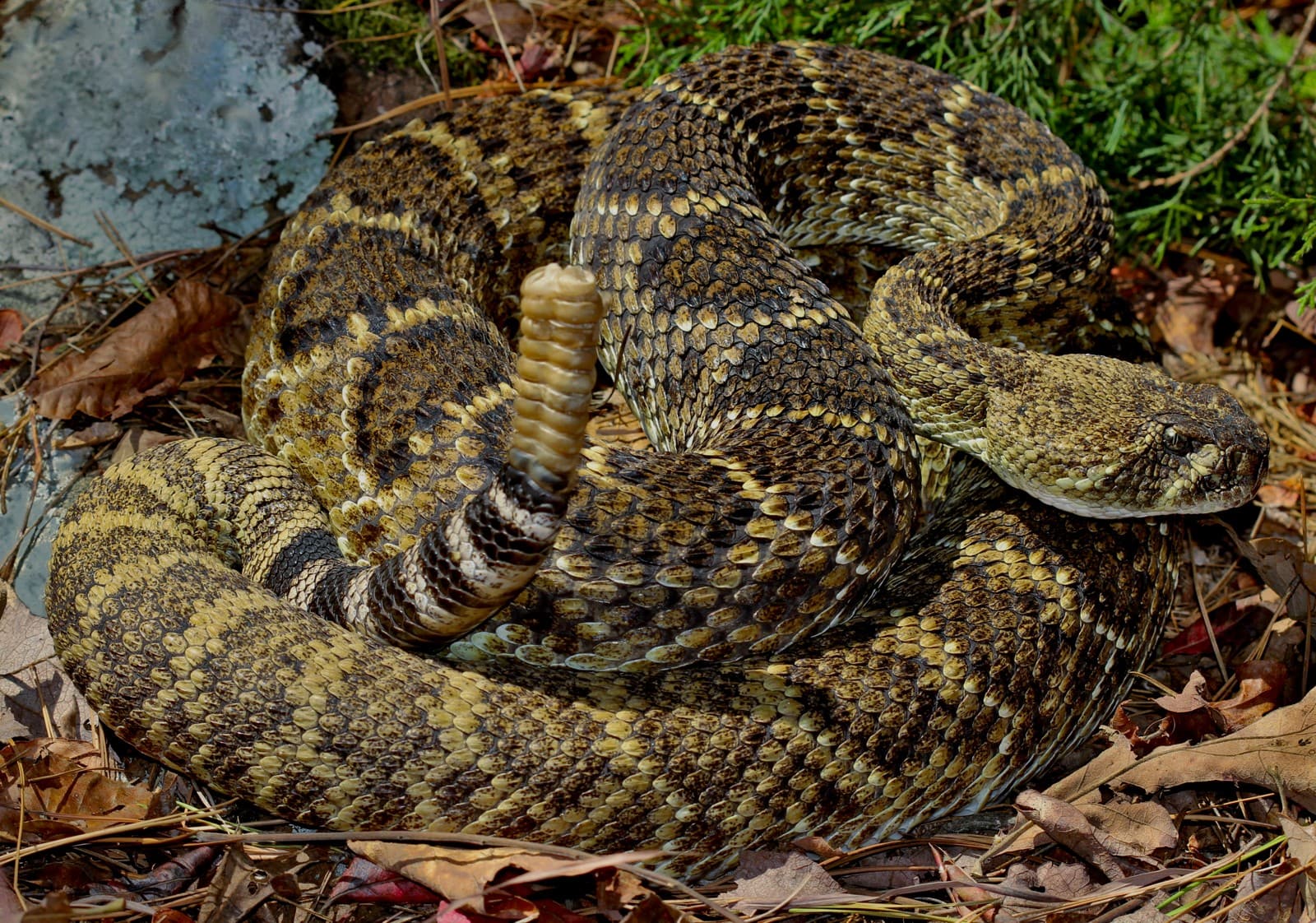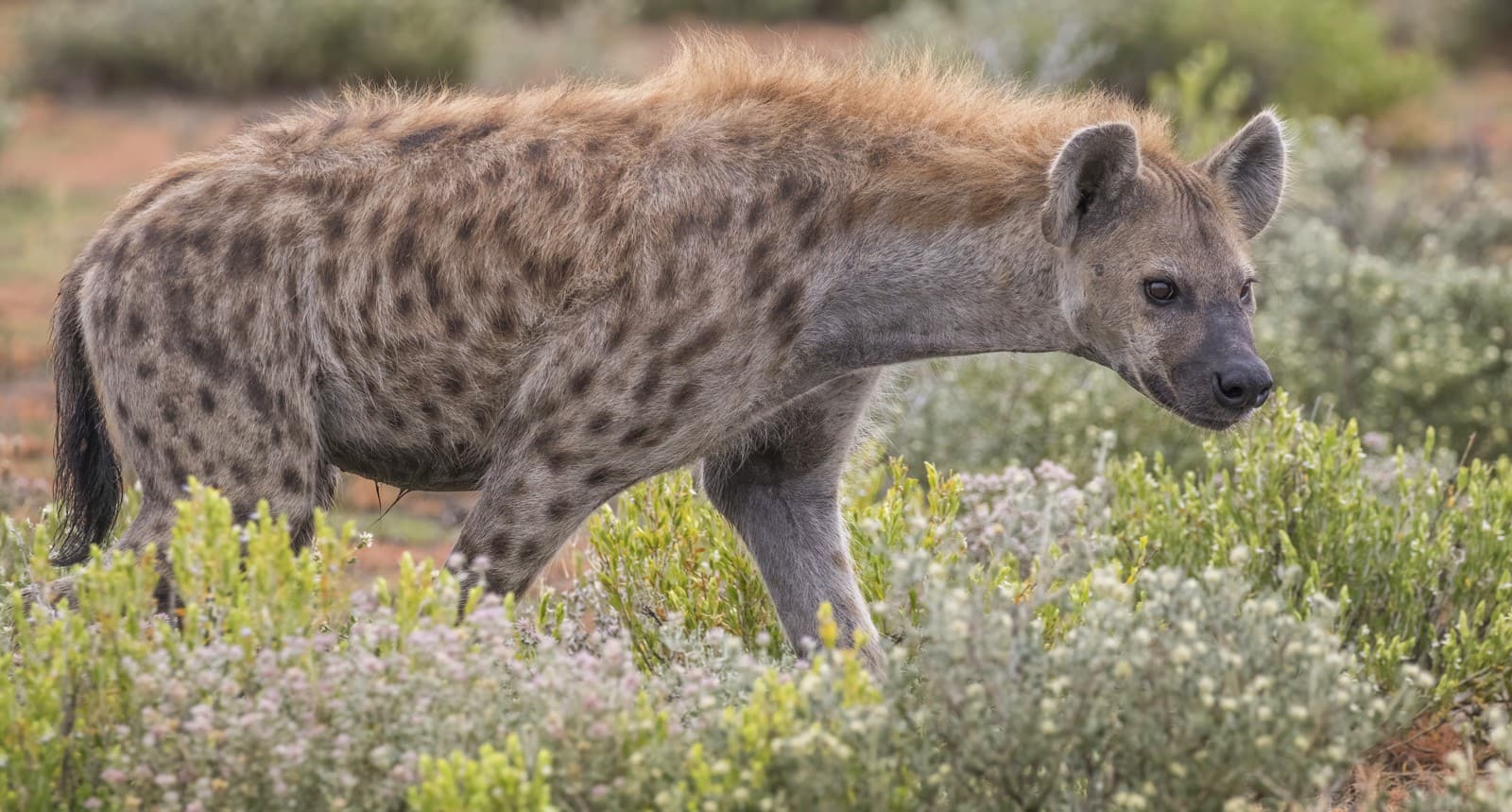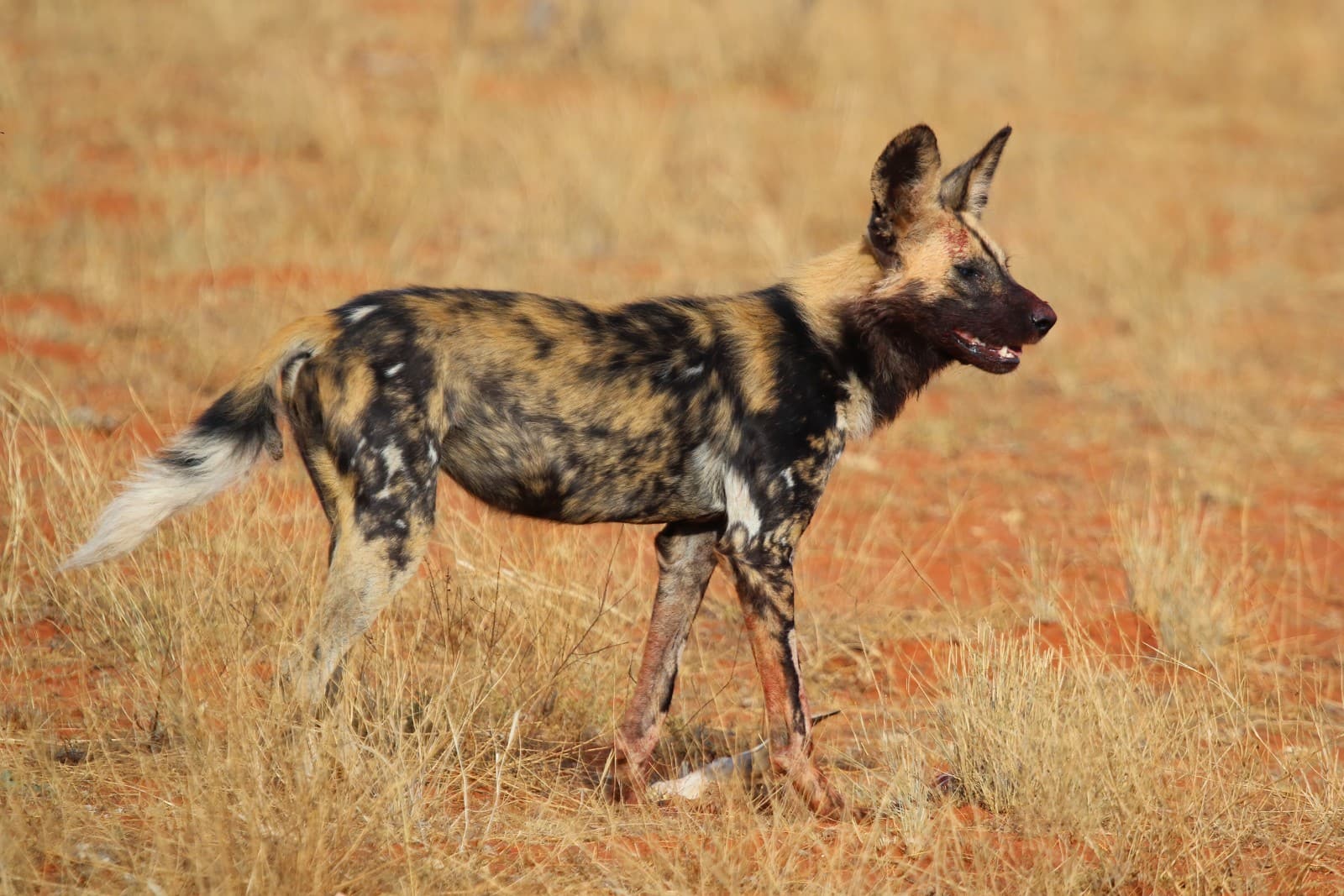Wombat vs Koala: A Complete Comparison
When comparing wombats vs koalas, these iconic Australian marsupials showcase remarkable differences in lifestyle and adaptation. While both carry their young in pouches, wombats are muscular ground-dwellers weighing up to 77 pounds (35 kg), while koalas are specialized tree-dwellers rarely exceeding 30 pounds (14 kg).
These marsupial cousins have evolved to occupy distinctly different ecological niches. Wombats are powerful diggers with backward-facing pouches to prevent dirt from entering while burrowing, whereas koalas sport forward-facing pouches and specialized hands for their arboreal lifestyle.
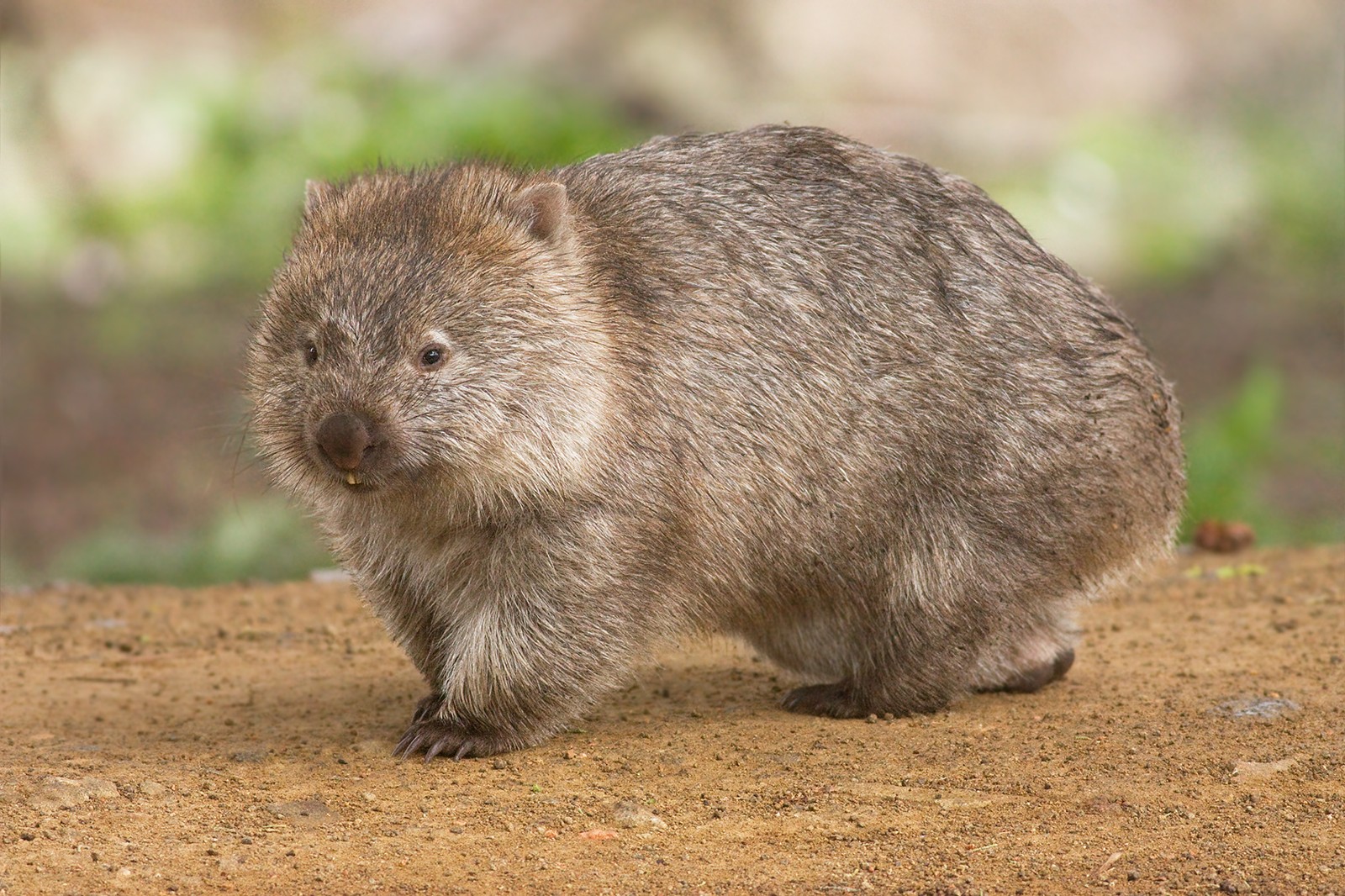
© JJ Harrison (jjharrison89@facebook.com) / CC BY-SA 3.0
The common wombat displays its characteristic stocky build and powerful digging equipment, adaptations that make it perfectly suited for its ground-dwelling lifestyle.
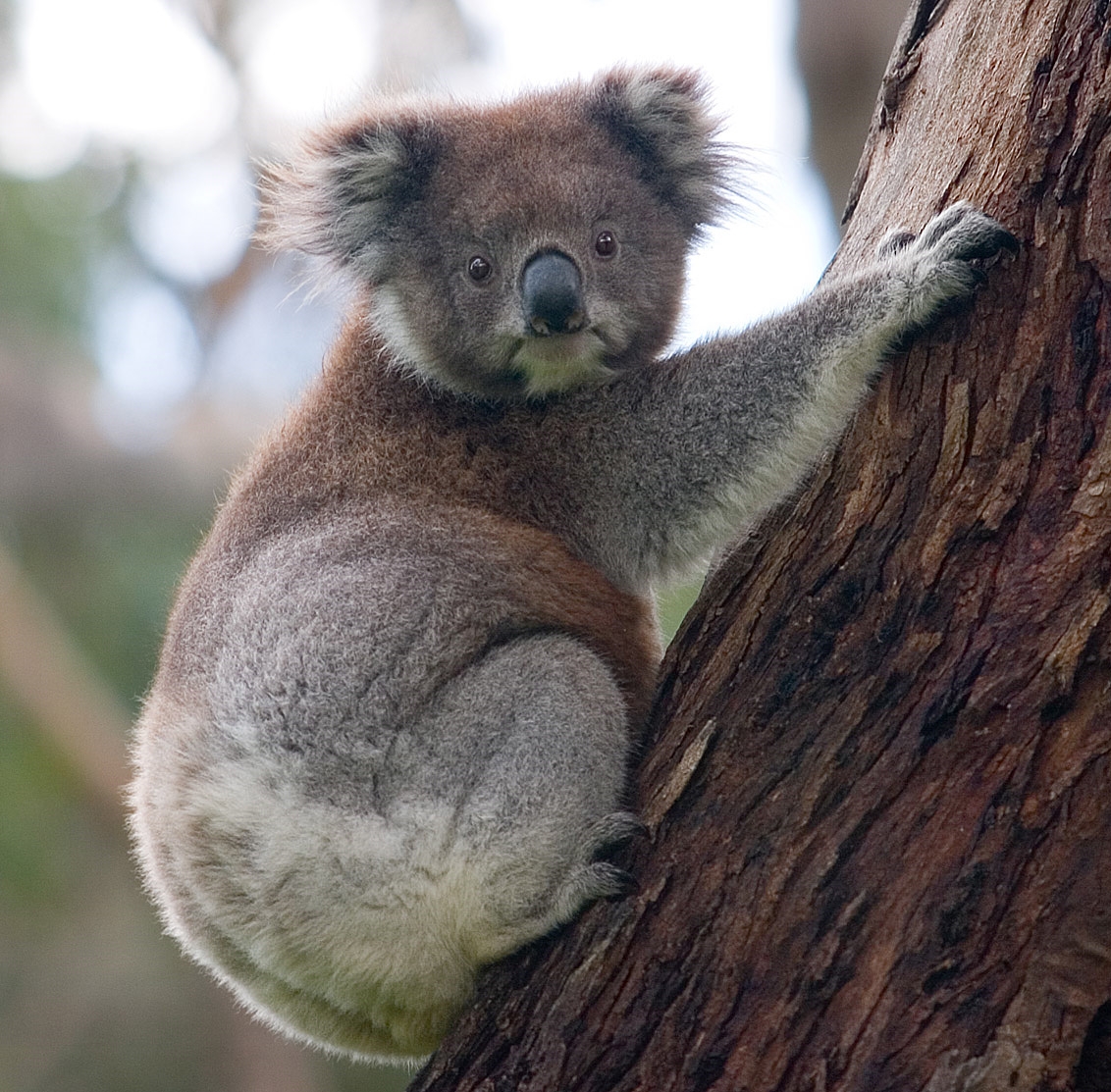
© Diliff / CC BY-SA 3.0
A wild koala demonstrates its specialized climbing abilities and arboreal adaptations, including strong limbs and sharp claws for gripping eucalyptus trees.
Key Differences Between Wombats and Koalas
| Feature | Wombat | Koala |
|---|---|---|
| Size | 28-40 inches (70-100 cm) | 24-33 inches (60-85 cm) |
| Weight | 44-77 lbs (20-35 kg) | 9-30 lbs (4-14 kg) |
| Diet | Grasses, sedges, herbs | Eucalyptus leaves exclusively |
| Habitat | Underground burrows | Tree canopies |
| Activity Pattern | Mostly nocturnal | Active day and night |
| Pouch Direction | Backward-facing | Forward-facing |
Habitat and Lifestyle Differences
Wombats are terrestrial engineers, creating extensive burrow systems up to 100 feet (30 meters) long. These underground networks feature multiple chambers and entrances, providing protection from predators and extreme temperatures. Their powerful legs and sharp claws are perfectly adapted for digging through even the hardest soil.
Koalas, conversely, spend 95% of their lives in eucalyptus trees. Their specialized hands feature two opposable thumbs and rough pads for superior grip. Unlike wombats’ muscular build, koalas have longer limbs and curved claws optimized for climbing and clinging to tree branches.
Diet and Digestive Adaptations
The dietary differences between wombats and koalas highlight their distinct evolutionary paths:
-
Wombats are generalist herbivores consuming:
- Native grasses
- Roots and tubers
- Bark and herbs
- Various plant matter
-
Koalas are specialist feeders:
- Eat only eucalyptus leaves
- Can identify toxic leaf varieties
- Process high levels of plant toxins
- Require minimal water intake
Behavioral Characteristics
Wombat Behavior
- Primarily nocturnal
- Territorial and solitary
- Excellent swimmers
- Can run up to 25 mph (40 km/h)
- Use distinctive cube-shaped droppings for marking territory
Koala Behavior
- Active both day and night
- Generally solitary but social
- Rarely drink water
- Sleep 20-22 hours daily
- Communicate through distinct vocalizations
Conservation Status and Threats
Both species face significant challenges in modern Australia:
Wombat Threats:
- Habitat destruction
- Vehicle collisions
- Sarcoptic mange
- Competition with livestock
Koala Threats:
- Habitat fragmentation
- Climate change
- Disease
- Bushfires
- Urban development
Who Would Win in a Confrontation?
While neither species is naturally aggressive toward the other, wombats have several physical advantages in a theoretical confrontation:
- 2-3 times heavier than koalas
- Incredibly strong bone structure
- Powerful bite force
- Defensive cartilage-plated posterior
- Greater speed and agility on ground
However, such confrontations would never occur naturally as these marsupials occupy different habitats and have no territorial overlap in their active periods.
Reproduction and Development
Both species share marsupial characteristics but with distinct differences:
Wombats:
- 20-30 day gestation
- Single joey per birth
- 6-8 month pouch development
- Weaning at 12-15 months
Koalas:
- 35 day gestation
- Single joey per birth
- 6-7 month pouch development
- Weaning at 12 months
Understanding these remarkable marsupials helps appreciate their unique adaptations and the importance of protecting their distinct habitats for future generations.
